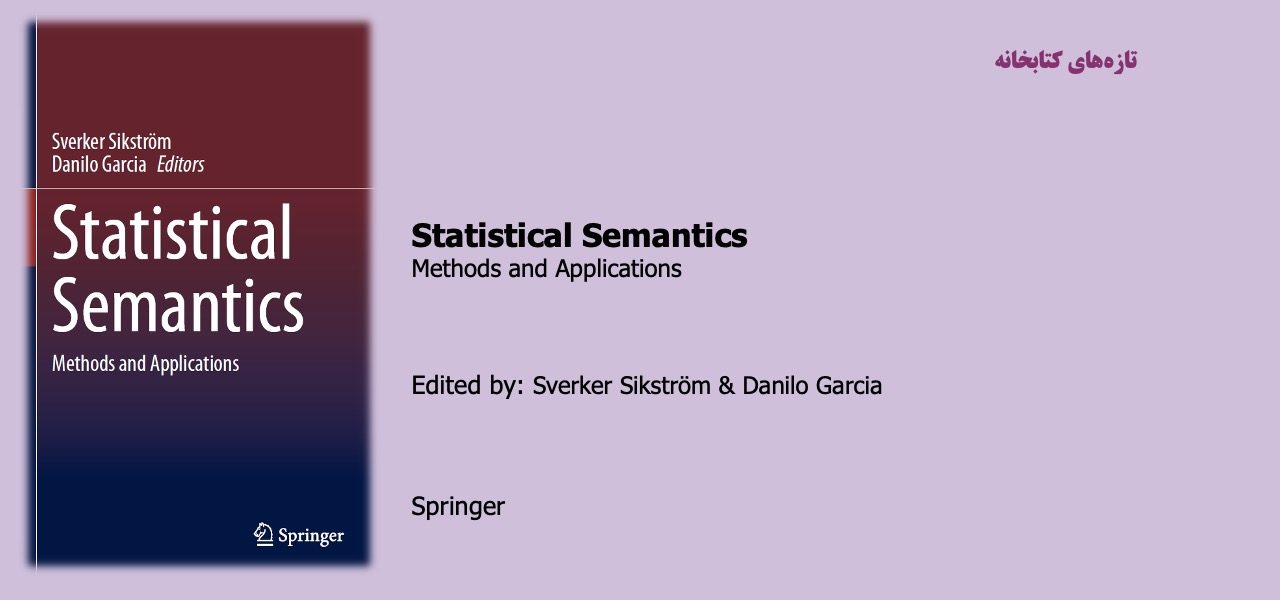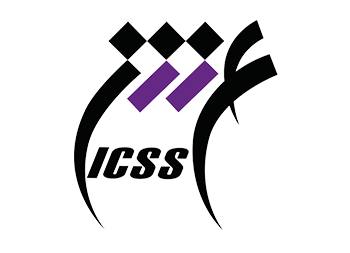Statistical Semantics Methods and Applications

When I, Sverker Sikström, took my first psychology class and got an assignment in which I and my classmates were asked to collect data, the professor told us not to ask participants for responses using their words. Use rating scales instead, he said, then you can input the data in your statistical program and do science. So I did, and so did my classmates. However, already at this point in time I reflected that there was something odd with this statement. Why should we not listen to and try to understand the meaning of the participants’ own words? After all, even the very statement of “not to use words” was communicated in words!? It took me a few decades of research experience before I could spell out and approach the answer to this question more in detail. I spent my first decade of research doing computational neural network models of the brain in order to mimic experimental behavioral data of memory of words. At some point during this period, our research team needed to control for the semantic content of the stimuli material we were using. Although you can control this by taking words from a specific semantic category (e.g., people, animals), I soon realized that words can be easily classified into several semantic categories at the same time. Take the word “sheep,” for instance, which is an animal we can eat and therefore associate with food, but it is also an animal that we can associate with farmers, who can use the sheep to produce wool, and at the same time people or some people think “sheep” are not smart animals, but rather kind and gentle. All these associations with “sheep” might come naturally to us humans. However, it also says something about the challenges we can expect when we do science on this topic. Indeed, semantic properties are highly dimensional and complex, and to straighten these things out we need a lot of data and good algorithms. Thus, in order to grasp the semantic content of words or narratives, our research team needed a more elaborate model for what meaning is.
مطالب مرتبط

کتاب تمرین درمان شناختی – رفتاری برای مشکلات سلامت روان
۱ / اردیبهشت / ۱۴۰۴

درآمدی بر روانشناسی خرد
۱ / اردیبهشت / ۱۴۰۴

سرشت – چگونه سیمکشی مغزهای ما هویت ما را تعیین میکنند؟
۱ / اردیبهشت / ۱۴۰۴

